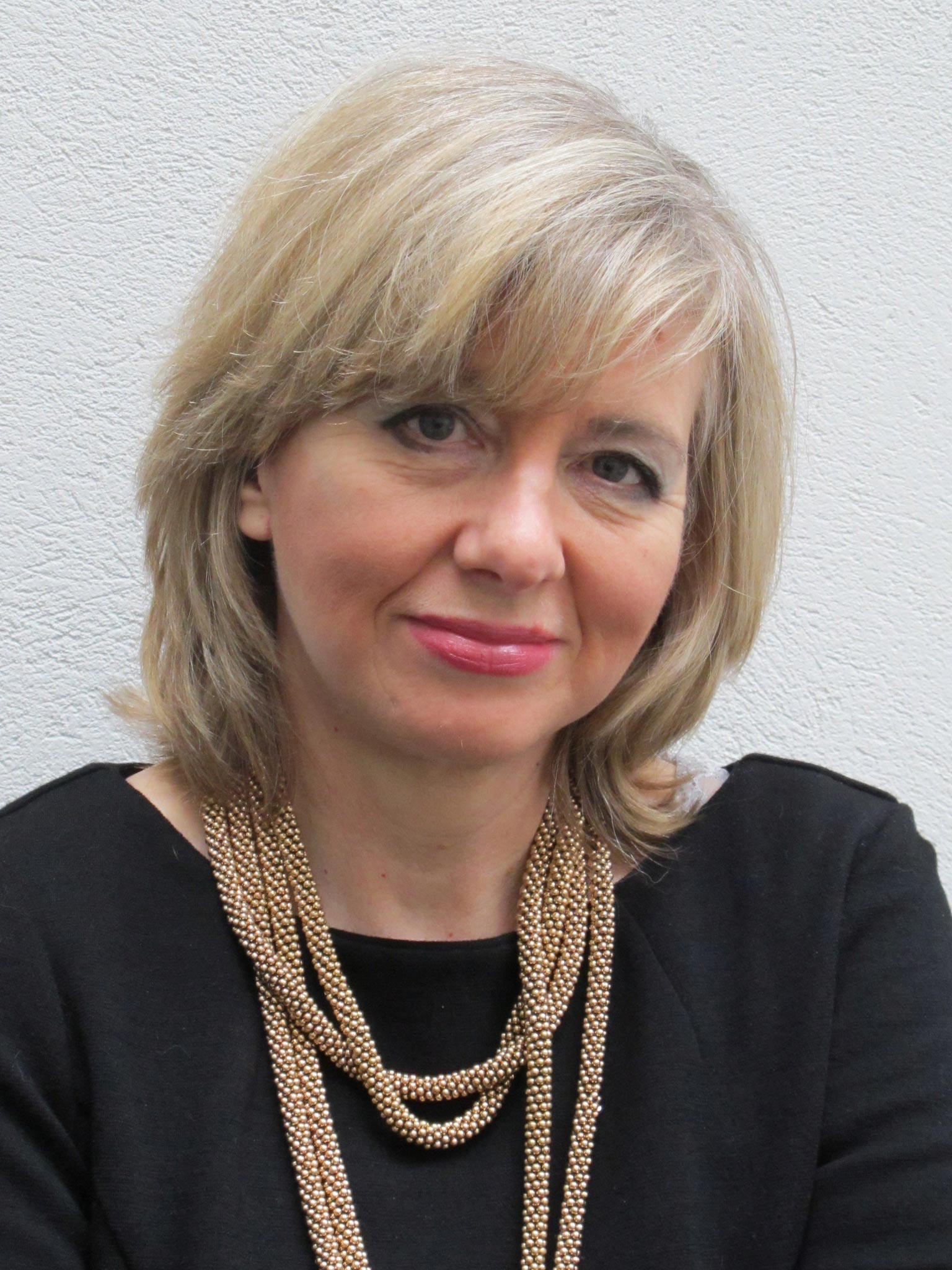Kathryn Findlay: Designer of curved and tactile buildings combining practicality with an organic or other-worldly presence

In the male-dominated world of architecture, Kathryn Findlay overcame obstacles and persevered, through the highs and lows, including bankruptcy, with her unconventional designs and avant-garde style, to leave a body of inspirational work, buildings characterised by their fusion of creativity and practicality.
Findlay admitted she was never interested in what she called the "the bread and butter stuff", explaining that she did not see architecture as defined by walls, but "about movement and defining routes through a landscape". Hours before her death from a brain tumour at the age of 60, Architects' Journal awarded her the 2014 Jane Drew prize "for her outstanding contribution to the status of women in architecture." Juror Eva Jiricna hoped that "her work will be discovered by a new generation".
Born in Scotland, Kathryn Findlay was the daughter of a sheep farmer, Angus, and his wife, Elizabeth. After studying at Edinburgh College of Art, in 1976 she trained at London's renowned Architectural Association, a hotbed architectural radicalism. Her tutor, South African-born Leon van Schaik, inspired her interest in the idea of space as a solid matter that could be carved and sculpted. On graduating in 1979, Findlay bought a one-way ticket to Japan to work with Arata Isozaki, the architect behind the Museum of Contemporary Art in Los Angeles and the Shenzhen Cultural Centre in China.
She married Eisaku Ushida in 1983, establishing in 1986 Ushida Findlay, which gained a reputation for innovation and eccentricity. Findlay was appointed associate professor at Tokyo University, the first female academic in the department of architecture and the first foreigner to teach there since the early 1900s.
The couple's work, in particular their houses, were a luxurious blend of science fiction and crafted organism, with constructions looking as though they were grown or cultivated rather than constructed. This was exemplified by their first major success, Truss Wall House (1993) in Tokyo, a continuous curved-form building, performing elaborate feats with concrete more than a decade before the idea became fashionable in architecture, and before the use of computers.
This was swiftly followed with another Tokyo house whose name came from Salvador Dali's suggestion that the future of architecture would be "soft and hairy". Partly submerged on a sloping site, it was a comfier, more tactile home, with pleated drapes, curves and porthole windows, designed around an internal courtyard, with "hairy" greenery on the roof. Findlay likened the design process to a worm working its way through an apple: "The shape is an outcome of the spaces and movement inside."
Both projects amazed not only Japanese architects, but their peers around the world. Architect Hiroshi Okamoto who worked with them said, "She was the creative one, he the technical guru. Together, they were among the most talented architects I have ever come across ... but too far ahead of their time. Japan was not ready for their vision." Even so, their reputation was launched and they were sought after globally.
In 1998, while still living in Japan, Findlay set up the firm's UK office. Shortly afterwards the marriage broke up, and in 2001 she returned to London but continued teaching in Japan, commuting between the two countries.
Despite winning the Royal Institute of British Architects (Riba) competition for Grafton New Hall, Cheshire, with an innovative, starfish-shaped country house in 2000, which broke the mould by winning planning consent against the odds in a green field area; completing Poolhouse 1, an indoor swimming pool, in southern England, which mixed British and Japanese technologies and was widely admired for combining glass with thatched roof; and having her work, a stunning house for the Qatari culture minister, showcased in the Peter Cook-curated British Pavilion at the Venice Biennale two years later, the practice went bankrupt in 2004 as projects were withdrawn or fees went unpaid.
The country house was abandoned in favour of a more conventional idea, a Doha museum contract ran into difficulty, and the Qatari minister's commission was demolished before completion, to make way for a railway line. Additionally, Findlay had done work on a £4m Riba competition-winning art gallery in Bury St Edmunds, which was then dropped by the council, and had spent an undisclosed amount on the Stade Maritime Landmark in Hastings, which was abandoned when the council discovered a covenant forbidding commercial use of the site. A Maggie's Cancer Centre planned for Lanarkshire was also abandoned. Fortunately, Findlay secured a teaching post at Dundee University and, unperturbed, she re-grouped, relaunching her practice in Camden, north London, in 2009. Poolhouse 2 in the Chilterns follo wed, featuring an undulating thatched rooftop that hovers above the pool in a startling vision of rustic hi-tech.
Shortly after, she was invited to work on the ArcelorMittal Orbit in the Olympic Park, for the London 2012 Olympics, with sculptor Anish Kapoor and engineer Cecil Balmond; she described this as "one of her most cherished collaborations". She created the architectural and circulation spaces – lifts, staircases, observation platforms, toilets, water pipes, electricity lines – for the Orbit tower, with its distinctive red-steel mesh viewing platform. One critic described Kapoor's sculpture as "an enormous wire-mesh fence ... hopelessly snagged round the bell of a giant French horn", but thanks to Findlay, it coped with 700 visitors an hour, another critic calling her 455-step spiral staircase, weaving through the tangled mass of steel, as "the most interesting architectural space in the world right now".
Ushida Findlay Architects' remodelling of York Art Gallery is scheduled to open this year.
MARTIN CHILDS
Kathryn Findlay, architect: born Finavon, Angus 26 January 1953; married 1983 Eisaku Ushida (separated 1999, two children); died London 10 January 2014.
Subscribe to Independent Premium to bookmark this article
Want to bookmark your favourite articles and stories to read or reference later? Start your Independent Premium subscription today.

Join our commenting forum
Join thought-provoking conversations, follow other Independent readers and see their replies